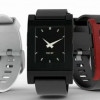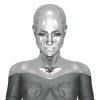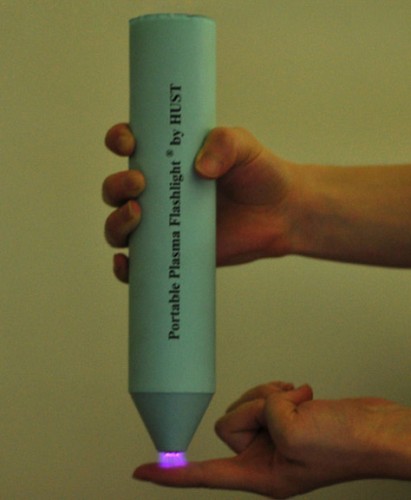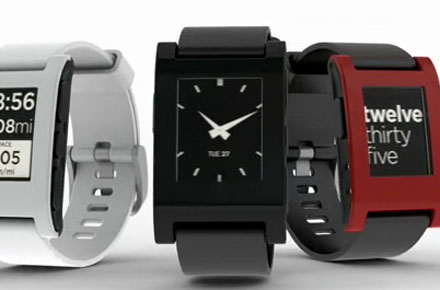New Trend In Dentistry: The Robot Will See You Now
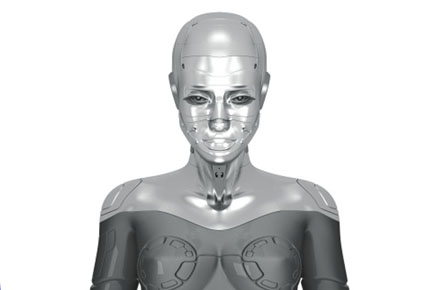
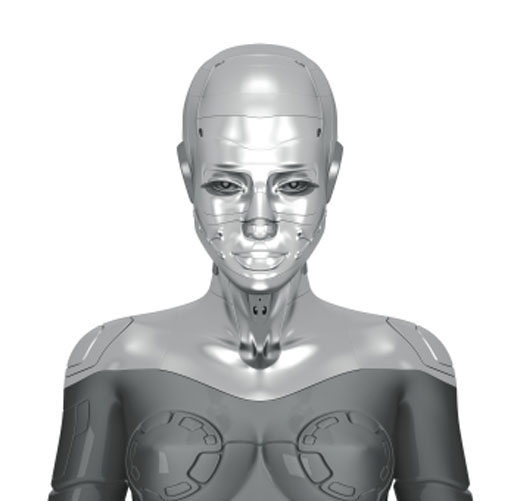
Dentistry is definitely an evolving science. New technologies are enhancing everything from routine cleanings and oral examinations to diagnosis and restorations. If you haven’t been to the dentist in awhile, you’re in for a (mostly) pleasant surprise.
The rough scraping and cleaning you may remember from days gone by has been replaced with ultrasonic cleaners that shatter and wash away accumulated plaque on the teeth. To be sure, the dental hygienist still scrapes, prods and pokes at your teeth, but a regular cleaning just isn’t done the way it used to be. Need a filling? Your dentist is most likely to numb only the tooth he or she will be working on, rather than numbing the entire side of your jaw. X-rays? The x-ray “film” is most likely a special sensor attached to a computer, which both reduces the radiation you receive and makes the images of your teeth available right away.
Dentistry students and students in dental assisting programs may now benefit from technology in another way: robotic trainers that can help students learn correct dental techniques without working on a real person. A Japanese university has been pioneering the field of applied dental robotics to help students in training. The robots react like a real patient would if the student comes too close to a nerve with the drill or other tools. The medical robot also blinks and talks, and presents a very realistic look.
What’s the value here? Students can learn in the classroom clinic anytime. There’s no need to schedule patients with specific problems, and there’s no likelihood of anyone being hurt. At the same time, the use of robotic patients has opened up the question of robotic practitioners. Could robotic dentists someday check, clean and fill your teeth? Could Dr. Roboto actually fill in for a live dentist in areas of the country where critical shortages of professionals exist?
Some dentists have begun experimenting with robotic, remote-controlled dental service robots, and this could be an emerging field in dentistry, but most experts agree that opening wide for a robot won’t happen anytime soon. Some state-of-the-art dental facilities that rely heavily on technology do exist, mostly in academic settings.
Currently, robotic dental assisting is used to help examine and map oral structures in a patient’s mouth. The more complicated dental work is reserved for practicing professionals with years of skill and experience. That doesn’t stop technologists from looking for new ways to apply technology to the science of dentistry, though. Major advances in imaging and microsurgery, which would not be possible with traditional dentistry tools, have opened up new treatment avenues to preserve teeth that at one time would have been lost.
Technology is being applied in dentistry to extend and expand treatment options, rather than replace current dental practices or dental practitioners for that matter. One reason dentists will remain on duty for the foreseeable future is that every person’s mouth is different. It’s unlikely that a robot could be programmed effectively to work unsupervised inside a patient’s mouth. Instead, it’s more likely that robots will be used to reach small spaces and visualize the treatment landscape more effectively than current dental practice techniques allow. By being able to correctly visualize the status of a patient’s mouth, teeth and supporting structures, dentists can customize treatments that have a higher degree of success, especially for complicated cases.
Sitting down for the dental robot seems like something straight out of The Jetsons, and if the developers of dental technologies have their way, that view of dentistry will remain well into the future. That doesn’t mean that you won’t be seeing a new array of robotic technologies chairside when you schedule your next dental appointment.
Lana Aims is freelancer that enjoys to read and write for a few friends blogs, she is hoping to start her own site and writing there.
